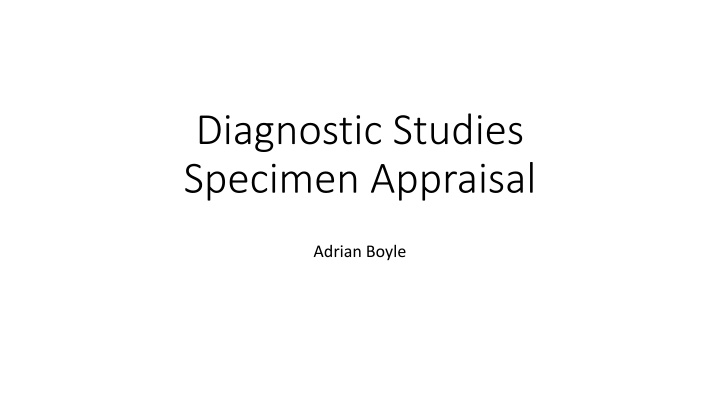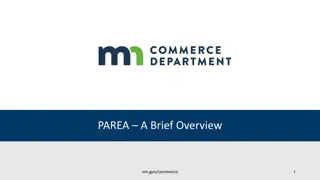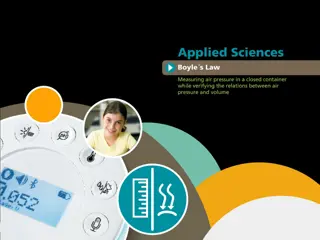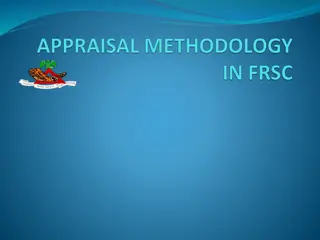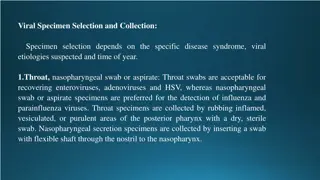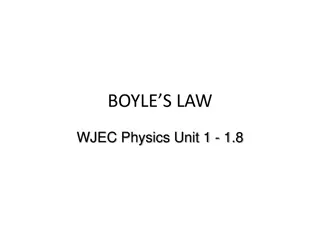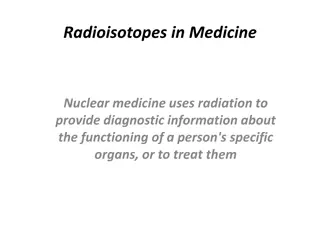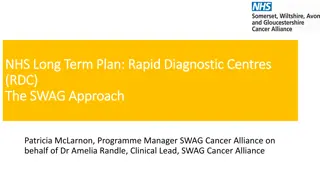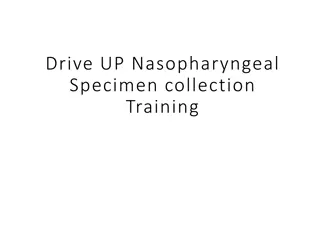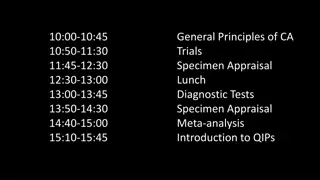Diagnostic Studies Specimen Appraisal by Adrian Boyle
In this appraisal, the study on the accuracy of point-of-care ultrasonography for diagnosing elbow fractures in children is critically examined. The study involved 130 children with suspected elbow fractures, where trained emergency physicians conducted point-of-care ultrasonography. Various flaws in the study were identified, such as convenience sampling, single-center study design, lack of operator variability data, and spectrum bias due to higher fracture prevalence. Despite some strengths like good follow-up arrangements and blinding of outcome assessment, the study's limitations raise concerns about its external validity and reliability.
Download Presentation

Please find below an Image/Link to download the presentation.
The content on the website is provided AS IS for your information and personal use only. It may not be sold, licensed, or shared on other websites without obtaining consent from the author.If you encounter any issues during the download, it is possible that the publisher has removed the file from their server.
You are allowed to download the files provided on this website for personal or commercial use, subject to the condition that they are used lawfully. All files are the property of their respective owners.
The content on the website is provided AS IS for your information and personal use only. It may not be sold, licensed, or shared on other websites without obtaining consent from the author.
E N D
Presentation Transcript
Diagnostic Studies Specimen Appraisal Adrian Boyle
Accuracy of Point-of-Care Ultrasonography for Diagnosis of Elbow Fractures in Children
What did they do? Population 130 Children with suspected elbow fractures Exposure (Intervention) POCT USS by trained Emergency Physicians Outcome Confirmed fracture on radiographic follow up
Appraisal What sort of study did they do? Is this externally valid? Why is this study the size it is?
Appraisal: what flaws can you see in this study? Convenience sample Single centre Little data about how the operator s varied (did one expert perform 90% of the scans) Small sample, confidence interval width applied to BOTH sensitivity and specificity Selected sample (16 months to collect 130) Fracture prevalence is probably much higher than practice (Spectrum Bias) Follow up was only applied to those with negative x-rays BIAS
Appraisal: strengths Follow up arrangements look good, (minimal loss to follow up but look at Fig. 4, they included 4 people with no f/u) Outcome by radiologist is blinded Assessed Kappa Common problem Ethical approval
Would you do this? Probably doesn t help me much Don t believe the bit about time Convenience samples inflate sensitivity and specificity values Not sure about the value for my practice (but GPs?) CI are very wide: Sensitivity 98 (88-100) Sensitivity is probably the most important outcome measure in this diagnostic scenario
